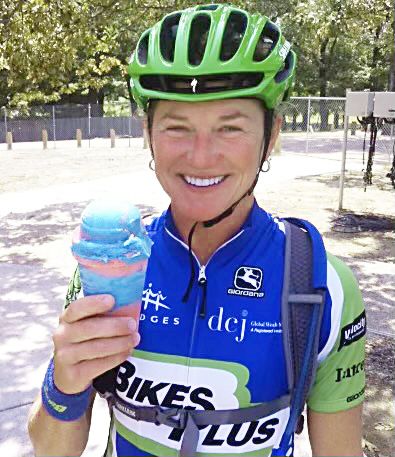A version of this feature ran in the December 2021 issue of BRAIN.
BOULDER, Colo. (BRAIN) — For our December magazine edition, we asked our State of Retail panel members: What percentage of your business is service and how are you managing parts shortages?
KANSAS CITY, Mo.: Christina Baanders-Decker, owner Midwest Cyclery
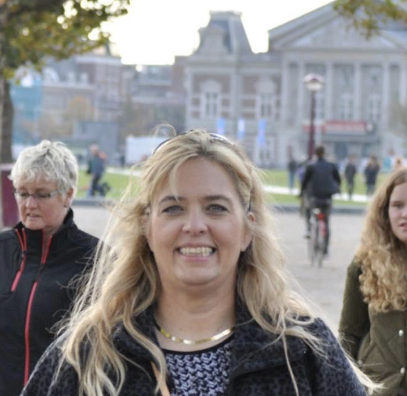
This has been yet another phenomenal year for our shop. Bike sales are still up significantly over 2019, so service represents a slightly smaller percentage of our total revenue. Service used to be about 10-12% of our total, and now it’s 9-10%. As for parts shortages, the lack of 11-speed chain/derailleur/cassette inventory is contributing to a slow down for fall/winter, but we have a significant amount of parts inventory, and we have been able to find alternatives for most repairs. While the parts may not be the same as the originals, it keeps the customer riding and they completely understand the issues. Currently, we still have a week's worth of repairs rolling in, after those that we expedite such as flats and tire installations. We haven’t raised service rates during the pandemic, except for direct-to-consumer and e-bike builds, but in January, we are planning to revamp our service rates and change accordingly.
SYOSSET, N.Y.: Howard Chung, co-owner The Bicycle Planet
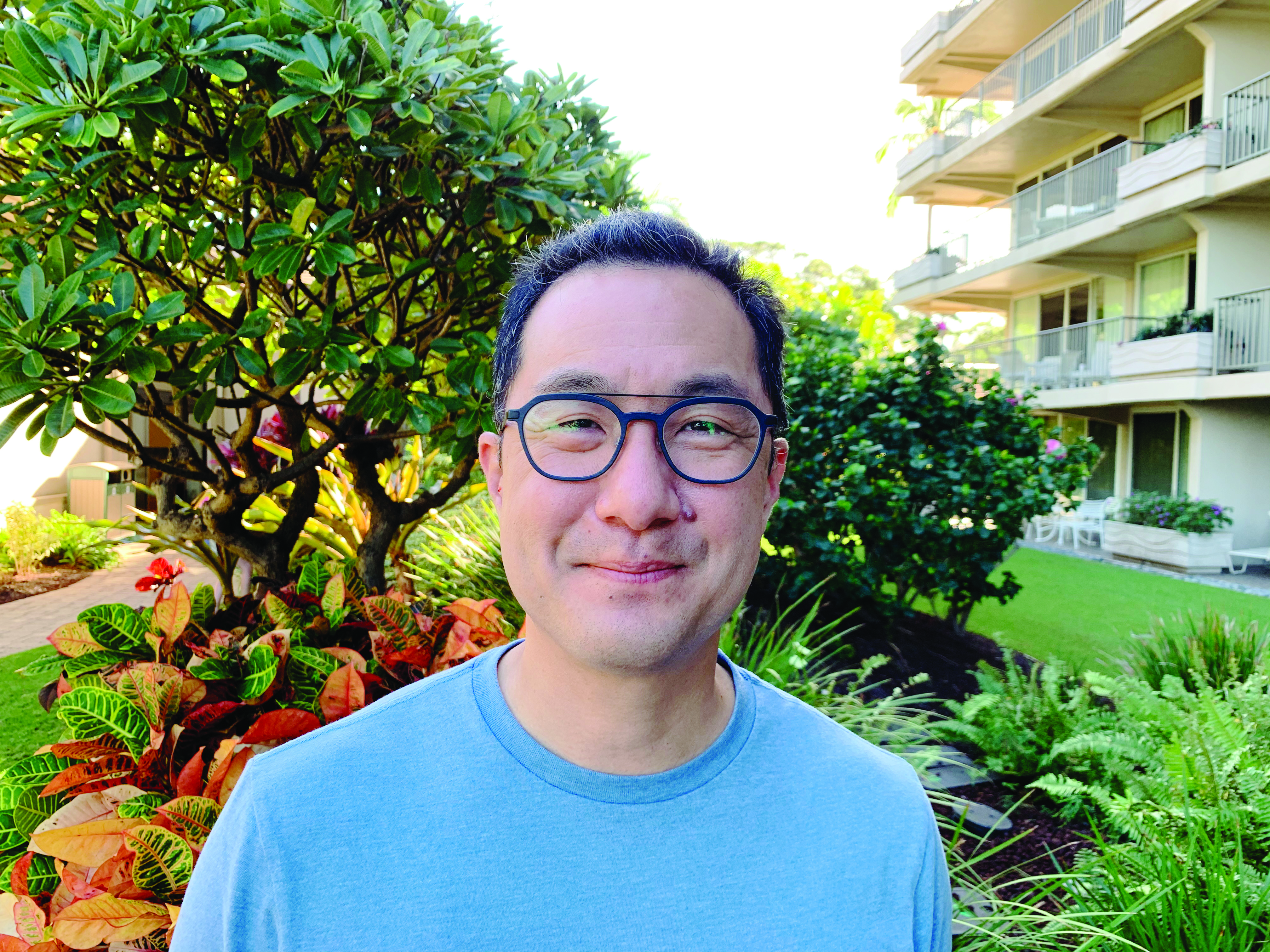
Our service department revenue (labor plus parts) is approximately 25% of our overall sales this year. That’s down by about 10% due to the higher-than-normal demand for bikes. During the first year of the pandemic, the nature of our service business changed quite a bit. We did not perform tuneups, drivetrain upgrades, or shock service; we basically replaced tires and tubes and did “quick checks” so that we could help the greatest number of customers get back on the road. This year, we are back to offering the full menu of repairs and tuneups, and we raised pricing nominally. Our average service turnaround time is 3-5 days; however, our mechanics can accommodate anyone who needs a faster or same-day turnaround. We very rarely refuse service work due to a lack of parts because we’ve always been very aggressive with our parts purchases, and our mechanics figure out a way to make do with what we have in stock.
HOOD RIVER, Ore: Jodie Gates, co-owner Oregon E-bikes
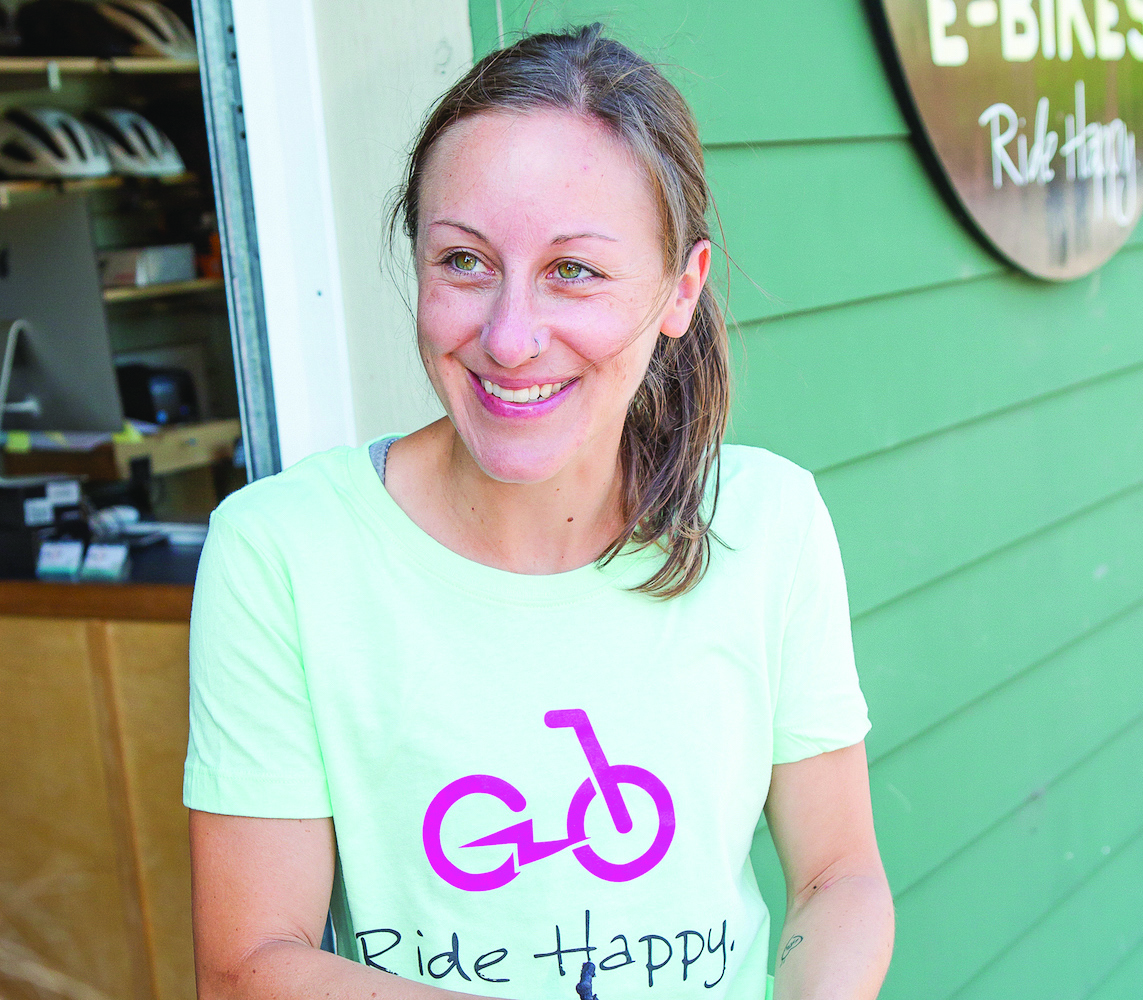
Our service department represents a relatively small piece of our revenue pie. Over the past couple of years, it’s doubled its productivity thanks to both increased pandemic ridership and the natural increase in the number of bikes that we've sold since we opened in 2016. Keeping service parts in stock has been a dance for us, much like for everyone else. We've luckily avoided having to refuse much service outright, though it has happened on occasion. More commonly, service is delayed by a long time as we wait for replacement parts to arrive. We are currently booking service appointments about two weeks in advance, and during the heart of the summer, that was a five-week wait. We work to triage as best we can and push appointments out if there are no known issues, so that we can be faster acting and accommodating for emergencies that inevitably crop up. We have kept our rates the same.
JOHN’S CREEK, Ga.: Brent Noisette, owner Twisted Spokes Bicycles
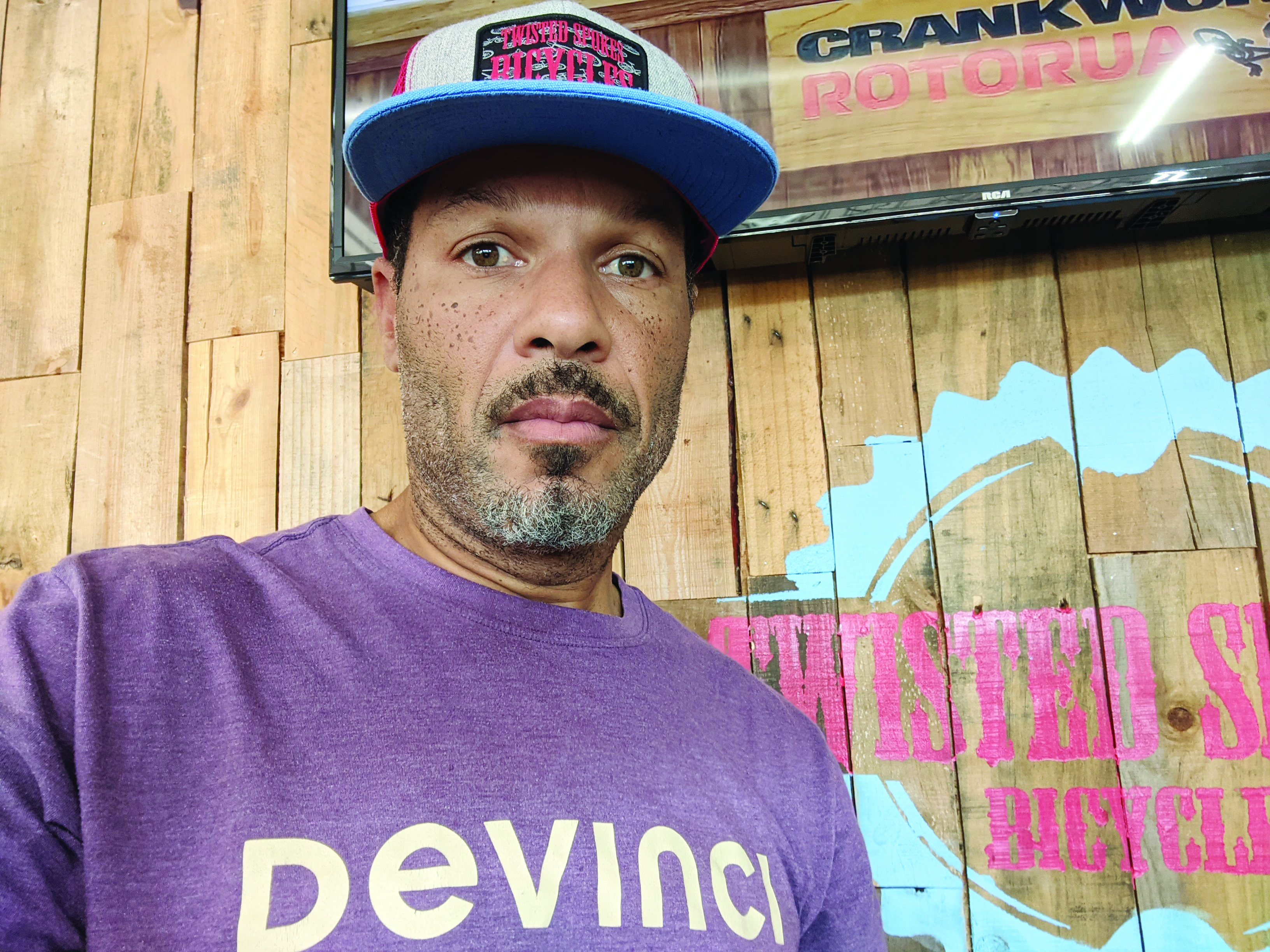
In these times with the lack of bikes, accessories, and other items, our service department is accounting for approximately 65% of our total revenue. Service is still up over pre-COVID levels, but down from 2020 levels. The percentage of increase compared to 2019 is upward of 30%. However, those numbers are starting to taper off with the lack of repair parts. Our turnaround time never exceeded 1 ½ weeks. Right now we are under a week. We have not raised our rates because of the pandemic. I figure that is just somewhat of an excuse to raise rates and really not fair. We did, however, start to charge “expedited fees” of $25 for flats and tire repair and $100 for everything else. We do not refuse work, but we do try to figure out a way to get it done. We are having to get really creative right now in regards to part shortages. For example, I had to order older Mavic spokes from Spain for a customer’s repair.
SUMMERVILLE, S.C.: Michael Haldeman, owner SpokeWorks Bicycle Workshop
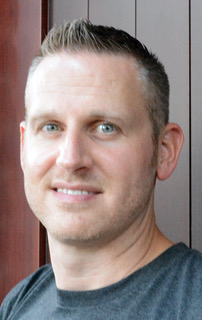
The revenue from our service department is 13-14% of our total revenue, and that figure has been fairly consistent — and expected — since we first opened 18 months ago. We are a new shop. We went from about a two-week turnaround to around one week because we hired another full-time mechanic, as well as part-time employees who are able to do tuneups, tube changes, etcetera. Our labor and service rates have stayed the same since we opened, but we are considering revisiting our pricing in the near future.
BENTONVILLE, Ark.: Shawna Macan, manager Mojo Cycling
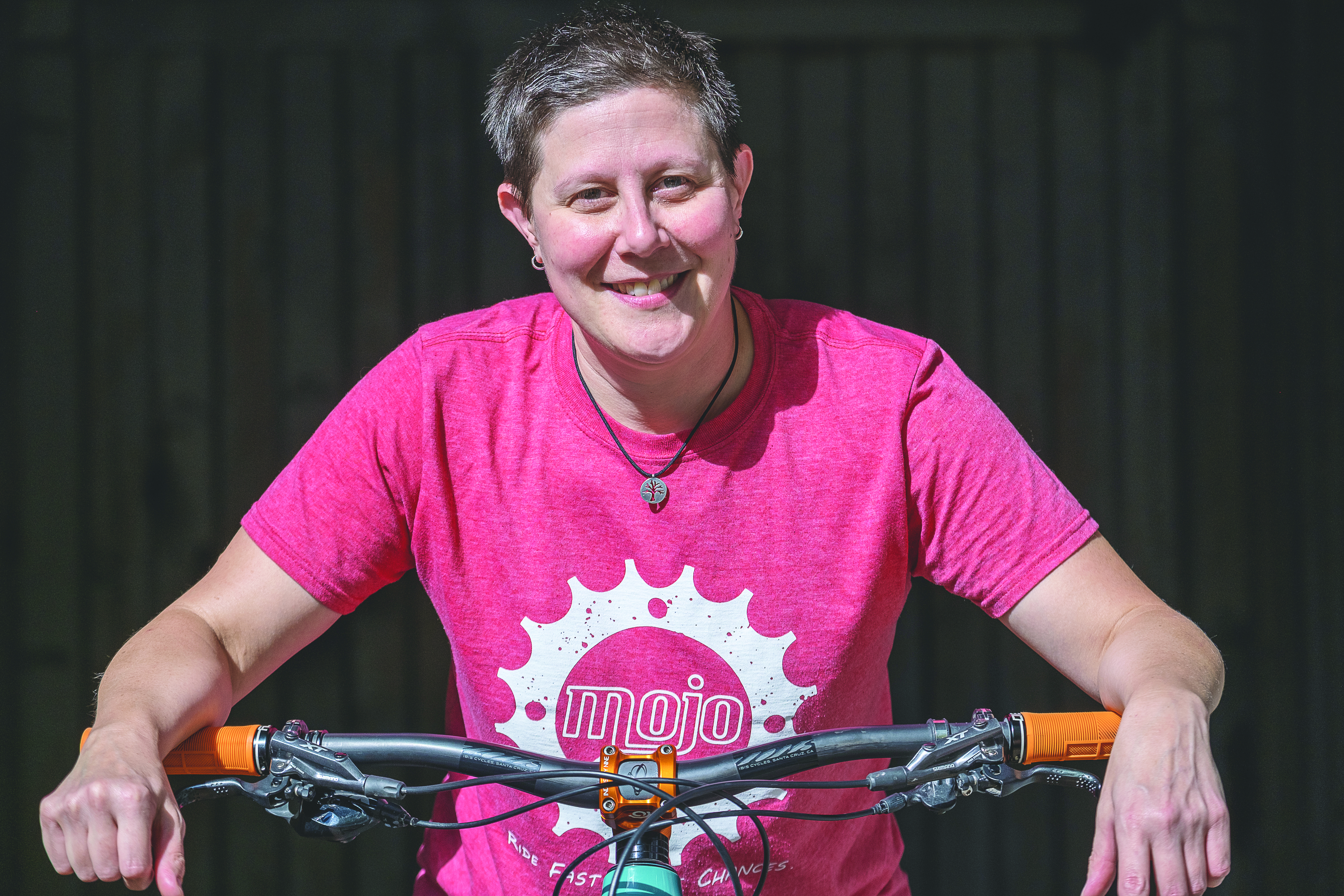
Currently, about 12% of our total revenue is from service, an increase of about 2% since COVID-19. Our average turnaround is three days. During peak season, it was five. We have not had to refuse service, but some repairs definitely take weeks or months to get parts. We've worked hard at sourcing parts from anywhere possible to get the customer taken care of. Customers overall are understanding, and in some instances we have made a new bike sale.
We've held off on raising our service rates while we watched to see what was happening in the industry. I do foresee a raise in rates for 2022. We are spending more time searching for parts, item watching, and back-ordering parts. Labor rates need to account for this extra time spent researching and locating parts instead of turning service bikes. We need to raise rates just enough to offset the increased shipping charges, which add up fast when ordering one part at a time.
MEMPHIS, Tenn.: Karen Malogorski, co-owner Bikes Plus Inc.
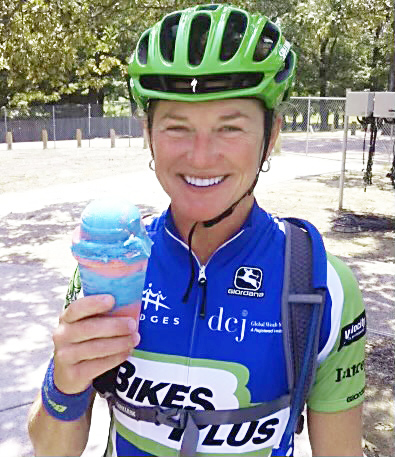
Historically, service department revenue has represented 8.5-10% of our total. During 2020 and 2021, the percentage of service revenue decreased, even though the dollar total was nearly the same as 2019, due to our total revenues exceeding historical averages. Service is important to us. It’s critical that we continue to support our customer base as well as retaining new customers drawn to us as a result of COVID. Some of our current practices are ensuring that our existing customer base is protected and given maximum available service; focusing on quick turnaround services like flat changes, brake and shifting issues, and general maintenance that can be done while the customer waits; and advising customers what our vendors are giving us for a lead time for parts. We have a comprehensive and well-documented service item price list. As costs to us have risen by 10-15%, we have increased pricing in our POS system. There has been virtually no pushback from customers when these increases are passed along.
CLAREMONT, Calif.: Dale Mattson, owner The Velo
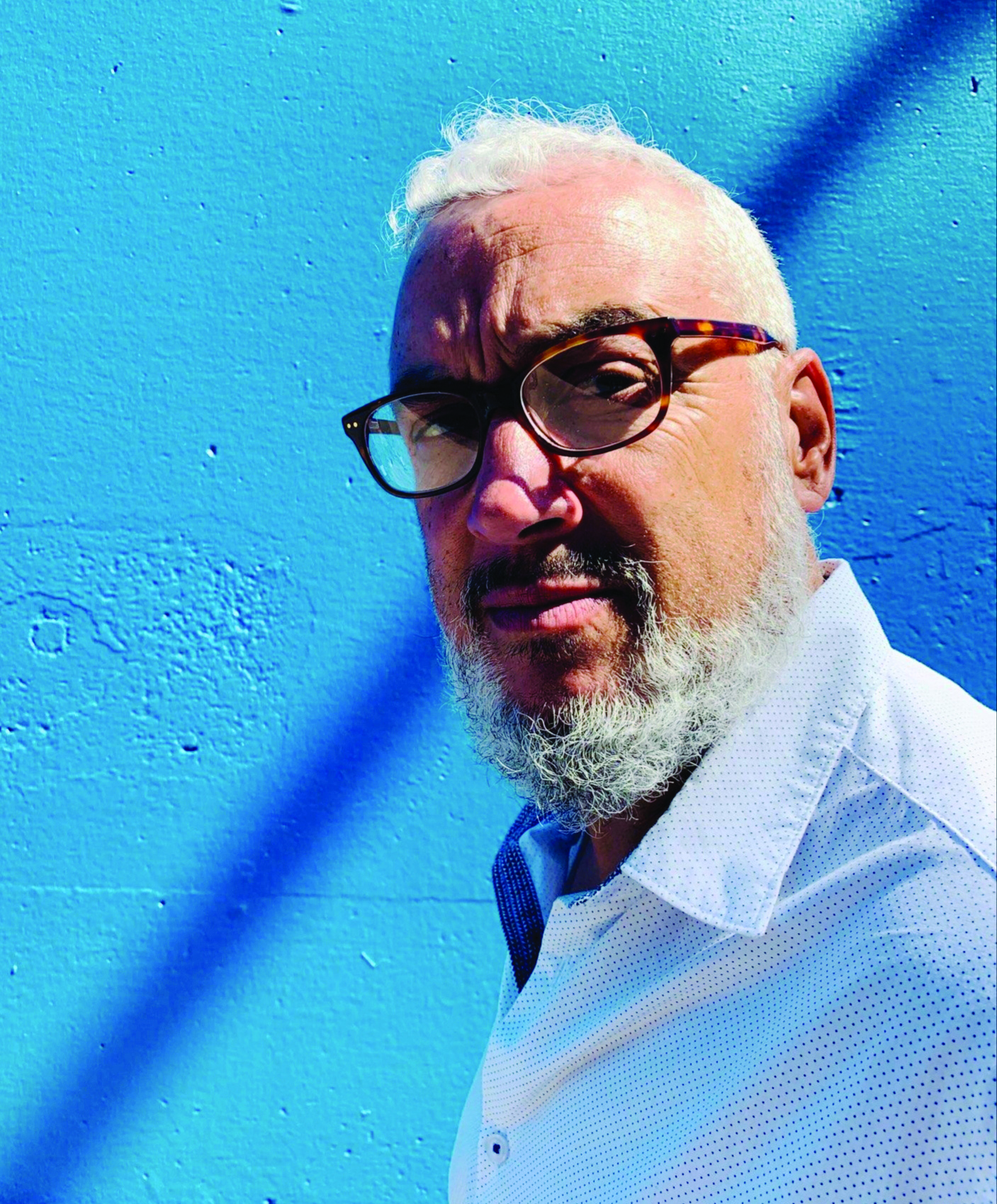
Since we are The World's Smallest Bikeshop, service is about 80% of our business. During the lockdown, we grew our service significantly, and we continue to see it grow. It’s up by 40% in the last two years. We are competitive with our pricing, turnaround times, and parts availability compared to other local shops. Our Tune-n-Shine service is a best buy at $80 with a one-week turnaround. Restorations and bike builds can take longer. At the beginning of COVID, I spent a lot of money on inventory, so parts shortages really have not been an issue. Our prices for labor have remained the same the last two years. I don't feel the need to raise prices at this time. Parts prices have gone up about 20% overall from suppliers, so our parts prices have reflected that.
WHEATON, Ill.: Muneer Radi, general manager, Spokes

Our average turnaround for service is around one week. Parts shortages are forcing us to get creative in getting repairs done. We are not refusing much service now but it will soon become a much bigger issue. We have raised our service rates to what they honestly should have been two years ago. We have also set the service department to be the foundation of our business model. Our skills are valuable, and this past year, the public realized just how valuable they are.

